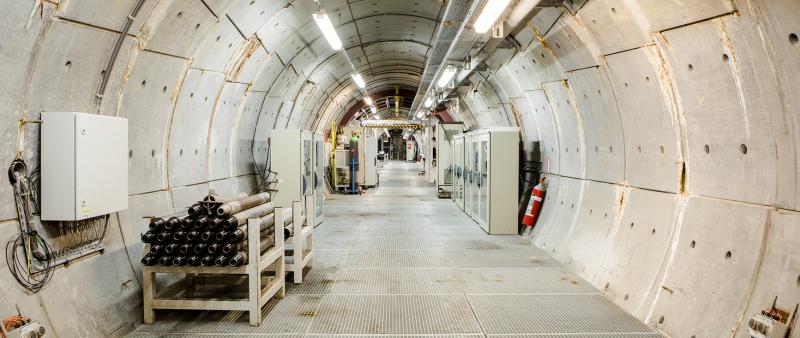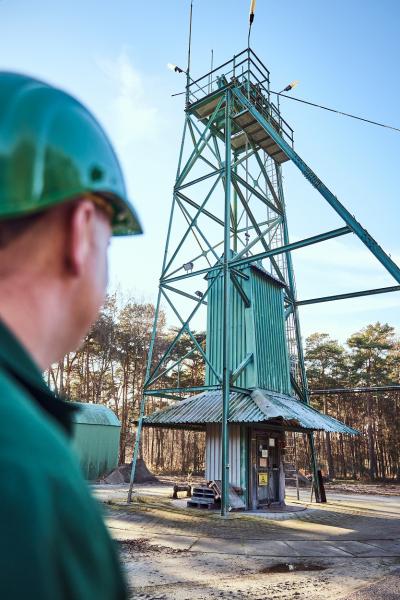The HADES underground research laboratory

The HADES underground research laboratory, located in the Boom Clay at a depth of 225 metres, plays a central role in research into the safety and feasibility of geological disposal of radioactive waste. Experts use it to develop and test industrial technologies for building, operating and closing a waste repository in deep clay. Scientists conduct large-scale experiments under realistic conditions in the deep clay formation over a long period of time to assess the safety of geological disposal in poorly indurated clay.
Renowned worldwide, HADES is the oldest underground laboratory in Europe - this year we celebrate 40 years HADES - built in a deep clay formation for the purpose of researching the possibility of geological disposal in clay. The International Atomic Energy Agency (IAEA) recognises it as a centre of excellence for waste disposal technologies and scientific training. HADES is a licensed nuclear research facility, which means that scientists can use a wide range of radioactive tracers and sources.
SCK CEN began the construction of the HADES underground research laboratory in 1980. Since 1995 HADES has been operated by the Economic Interest Grouping EIG EURIDICE, a partnership between SCK CEN and the Belgian Agency for Radioactive Waste and Enriched Fissile Materials (ONDRAF/NIRAS). In Belgium, ONDRAF/NIRAS is responsible for radioactive waste management and coordinates the geological disposal RD&D programme.
HADES is and will continue to be purely a research laboratory. It will never be extended for use as a repository for radioactive waste. In any case, the shafts and galleries would be too small and the clay has been disturbed as a result of the many experiments carried out. When construction work gets under way on a real repository, HADES can, however, continue to serve a useful function as a research facility, where specific techniques can be pre-tested or fine-tuned, if necessary.
You can find more information about visiting HADES here.

